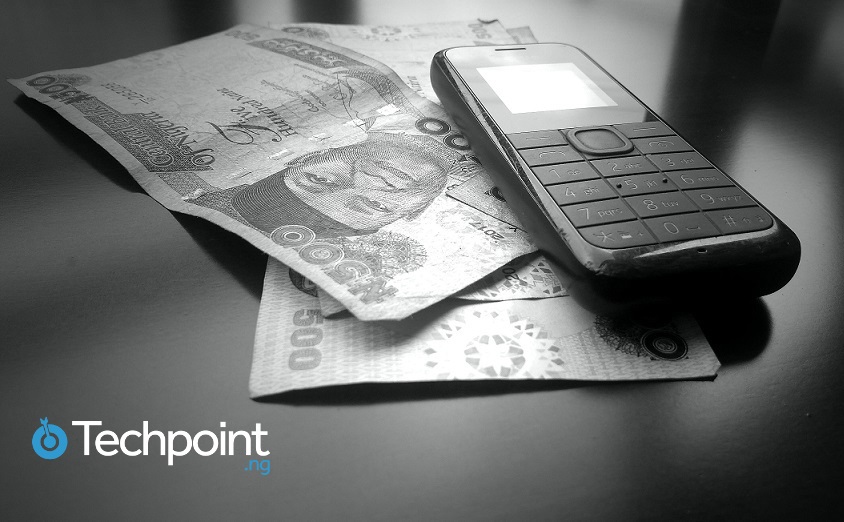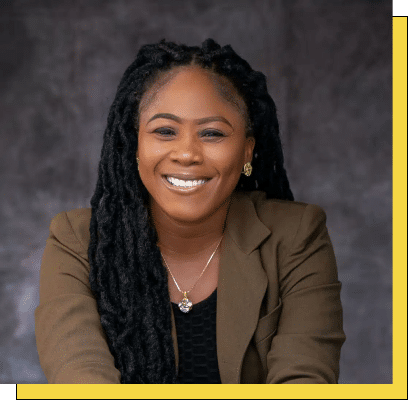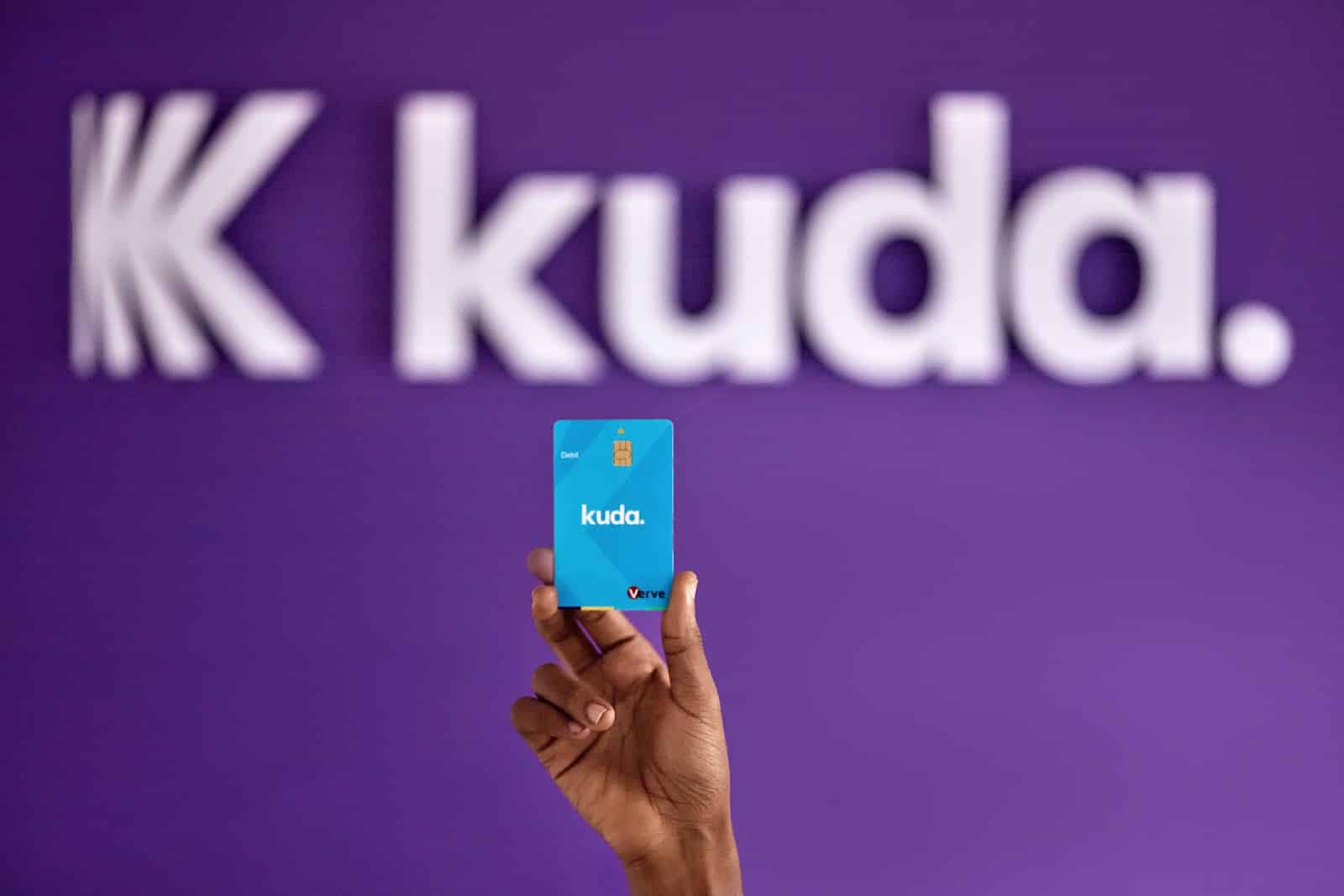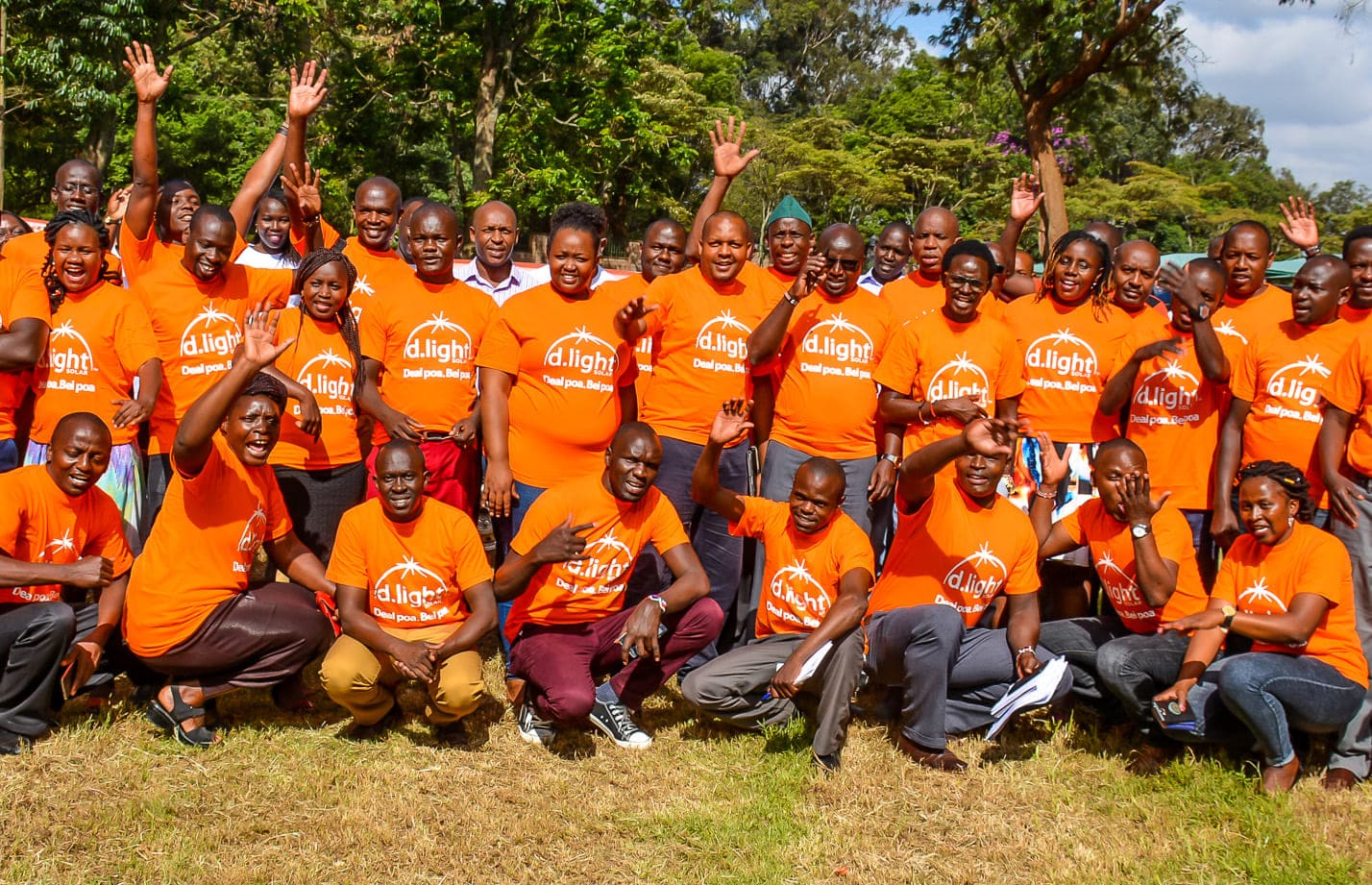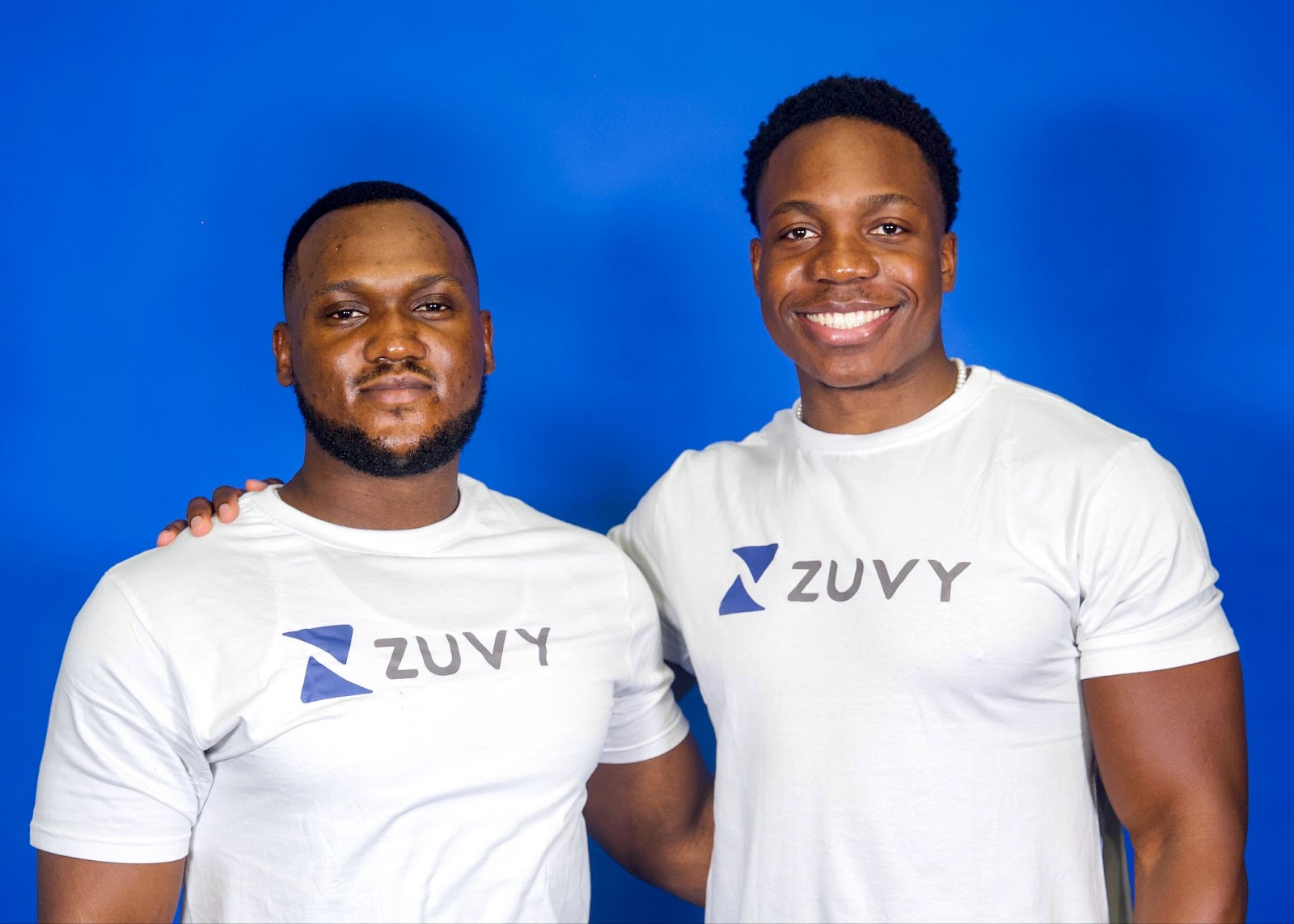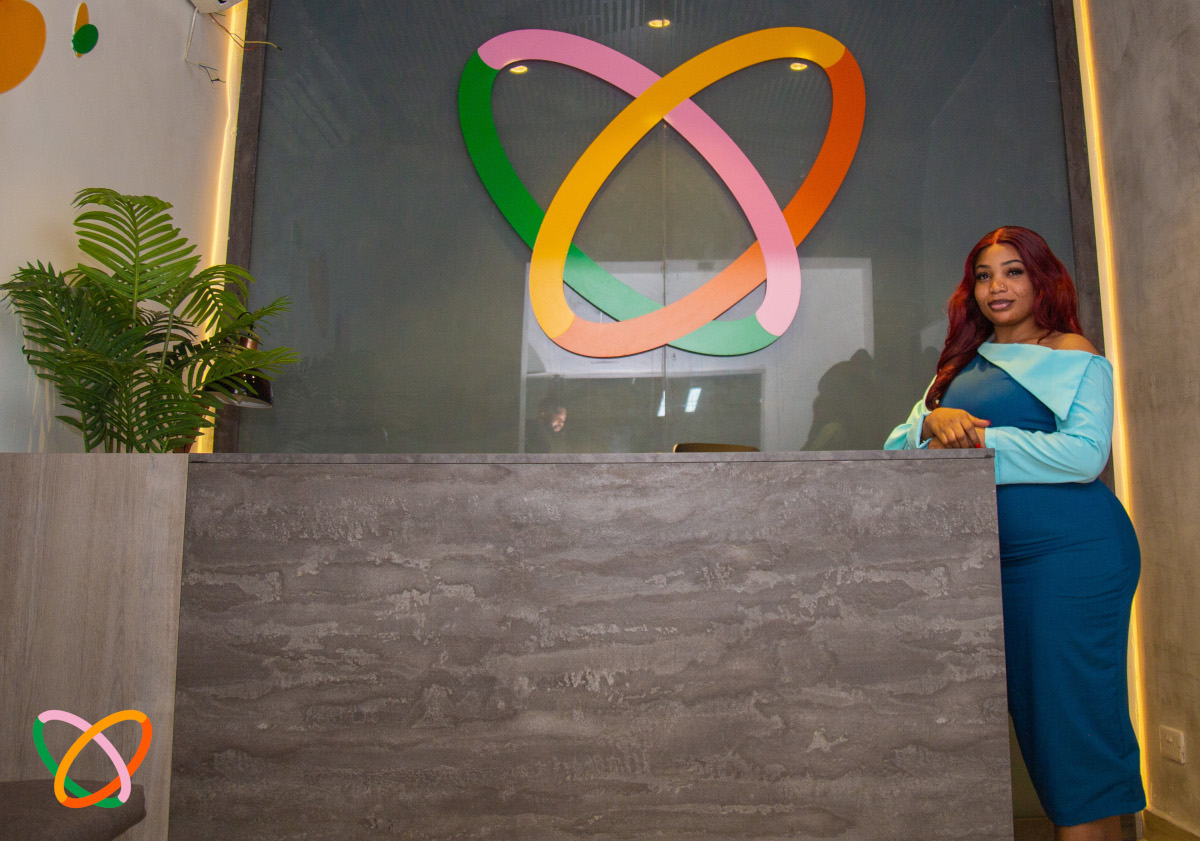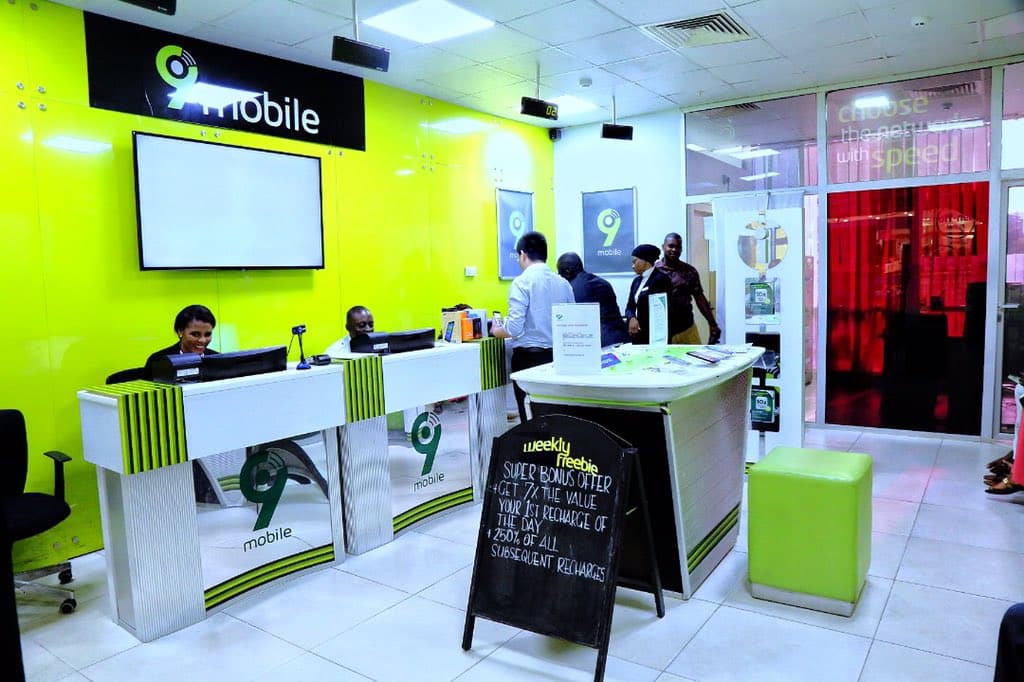According to a 2016 report by Financial Sector Deepening (FSD) Kenya, the population of adults in Kenya that are financially excluded is about 17%. The percentage dropped by about 23% within a decade.
Worthy of note is that the conceptual underpinning of FSD’s activities is ‘making markets work for the poor.’ Maybe that’s why the East African country is a point of reference for financial service penetration in Africa.
MPesa got into Kenya and changed the game but, irrespective of the customer base of the mobile money platform, Kenyan banks still have a sizeable chunk of the customers as they were prompted to innovate. Disruption of the Kenyan banking industry is believed to have an effect on the efficiency of service delivery as well as customer acquisition.
Customer onboarding in the context of the Nigerian banking industry can be likened to banking the already banked — introducing banking to someone already in the formal financial system.
As at May 2018, there are 1,028 licensed microfinance banks operating in Nigeria, and of that figure, 110 and 8 are operating on state and national level respectively.
There are also 21 commercial banks with thousands of branches across Nigeria while Kenya has 42 commercial banks. Data from World Bank revealed that both countries had 5.4 commercial bank branches per 100,000 adults as of 2016. And as of that same period, 80% of Kenya’s population cash was held by banks.
Speaking during the 2018 edition of Techpoint Inspired, the Head, Digital Banking Transformation at FCMB, Julius Wanyaga affirmed the need for a banking platform in Nigeria that would keep commercial banks on their toes, for fear of losing customers.
“Nigerian banks need to realise that they can serve customers without physically seeing them.”
This rules out the part that Nigeria can rely on bank branches to drive financial inclusion.
Many current bank products are designed to bank the already banked populace. To use either Wema’s ALAT or UBA’s Leo, one must have been in the banking system as a Bank Verification Number (BVN) is needed, which is only available to people already with a bank account.
Also, new payment solutions are a replication of mobile apps by commercial banks.
One can basically perform every possible transaction from a bank’s mobile app, so why get a third party solution? This is surely the reason why financial service solutions have no effect on the financially-excluded of the society.
https://twitter.com/obed_rich/status/1005094745100685313?s=19
The co-founder of Open Banking Nigeria, Adedeji Olowe attributes the high rate of financial exclusion in the country to exorbitant transaction fees.
Some commercial banks charge a monthly debit card maintenance fee of ₦50. And telecom operators also charge ₦5 for every 20 seconds to use USSD for banking services.
According to a report authored by Loretta Michaels for the United State Agency for International Development (USAID), Airtel had 2.8 million mobile money subscribers out of its 3.8 million mobile subscribers as at 2011, which is just a year after launch.
Yet, despite a Memorandum of Understanding (MoU) between the Central Bank of Nigeria and the Nigerian Communications Commission, telcos are still unable to play a primary role in the payments sector.
Moving forward
Financial inclusion campaigns by commercial banks need to be targeted at the unserved population. Allocation of campaigns can be based on the same ratio at which the 500,000 agents on the Shared Agent Network Expansion Program (SANEP) are expected to be shared across the nations.
The zones that are expected to get the higher ratio are the ones currently with high exclusion rate.
In the long run, any financial institution that’s able to capture people living in the rural communities would rule the payment market while also playing a significant role in closing the financial inclusion gap.

